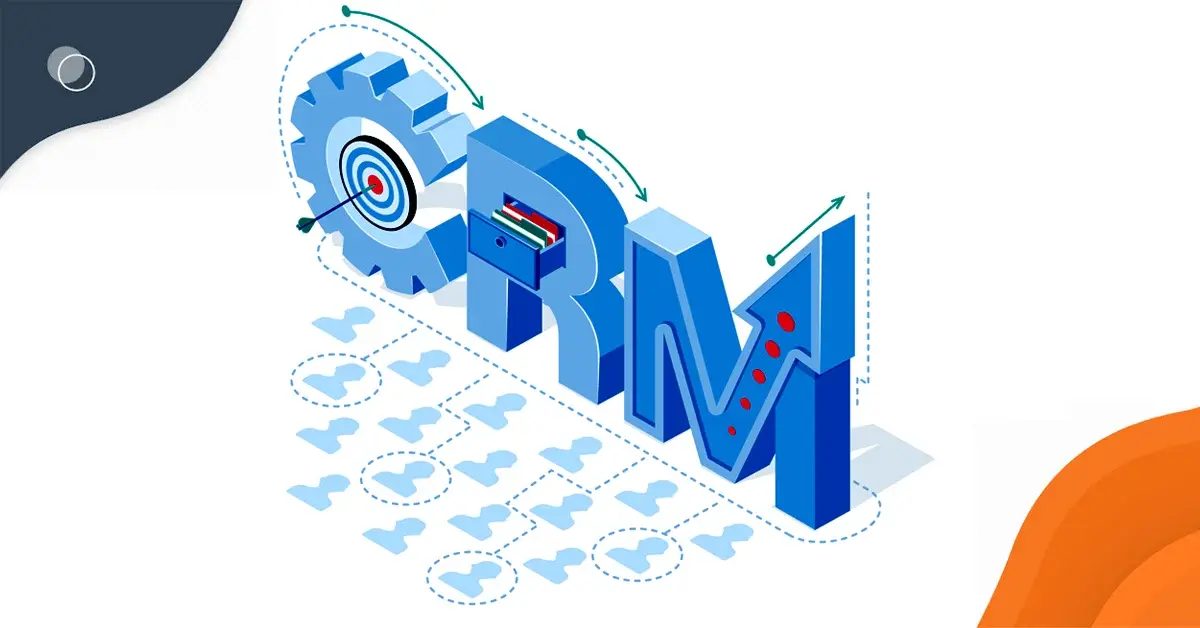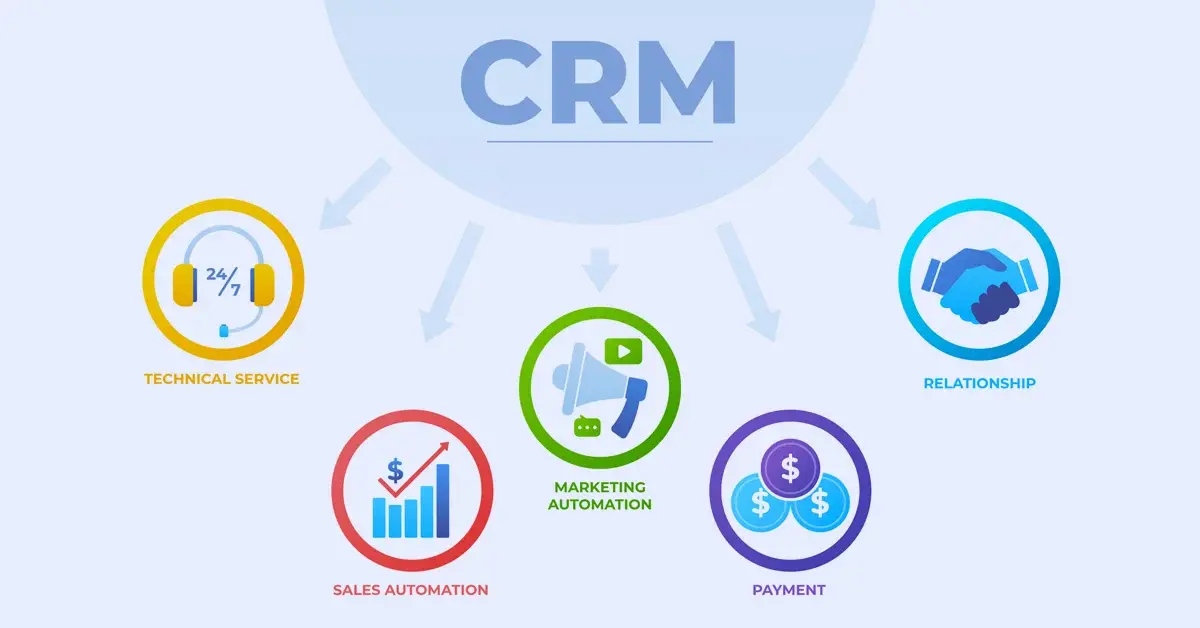-
MarTech Services
- HubSpot
- OneSignal
HubSpot
Technical Consulting
Partner with experts who understand your HubSpot systems and business needs inside out.
Revenue Operations
Drive revenue growth with tailored RevOps strategies designed for HubSpot users.
Hubspot Integration Services
Seamlessly integrate HubSpot with your existing tools to enhance operational efficiency.
Sales Enablement
Boost your sales team’s efficiency with focused HubSpot Sales Enablement solutions.
CRM Data Migration
Effortlessly migrate your CRM data to HubSpot with precision and support.
Hubspot Onboarding
Efficiently onboard clients to HubSpot, ensuring a smooth transition and rapid platform adoption.
HubSpot Administration
Maximize your HubSpot investment with expert management and optimisation tailored for HubSpot clients.
Marketing Assets Development
Develop, deploy, and manage digital assets, ensuring a fresh and engaging presence.
-
Solutions
-
Website Services
Website Development
We bring together expertise, creativity, and measurable results, making us the go-to choice for HubSpot website creation.
Website Migration
Our approach to website migration goes beyond a technical transfer; we prioritize a user-centric experience.
Website Maintenance
Optimize your online presence with effective, growth-driven websites focusing on nurturing website visitors, creating and deploying content, and tracking progress with precision.
Website Audit
Is your website performing at its peak? Our CMS Consultants are here to help you find out with our comprehensive Website Audit service.
-
Resources
-
Company
Clients
We have worked with clients from various industries across the globe, making our journey diverse and exciting.
Team
We put decades of experience where our mouth is. So what you get is market-tested and tried, not theory. We believe in plain speak, which we believe works better than jargon.
Solutions Partner
BlueOshan is not just a partner; we are among the most experienced and adept in the HubSpot ecosystem.
- Contact Us
Use HubSpot to run your remarketing

Venu Gopal Nair
December 8, 2022

To begin with, is remarketing the same as retargeting? There is a subtle difference. Retargeting is about using paid media to influence people who have already visited your website or landing page and shown interest in the product.
Remarketing is about emailing customers who have bought something at least once from you for a repeat purchase. It may seem like a subtle difference, except that one involves media costs and the other doesn’t.
You can also run retargeting through HubSpot, but it comes before you convert a prospect into a paying customer. Now that we’ve got that out of the way let’s see how it can help you manage your campaigns better.
Gauging customer intent is tough.
A visit to a landing page or a page on the website is the starting point for a relationship with the customer. However, most websites begin a retargeting campaign as soon as the first visit occurs. The customer then finds multiple ads popping up on their pages as the tag tracks the various websites a customer visits and tries to attract attention with variations of the same ad so that it does not look too intrusive.
Reminding the same customer once intent has been established is an established route to conversion. The question is ‘When do you begin and end the pursuit.’
Now, the first visit could be random. It makes better sense to start interactions and retargeting when repeat visits happen. Studies indicate that a huge number of visitors to the site never come back—and it could be as high as 75%. So, most websites aim to get the email before the visitor leaves in the hope of retaining them.
The more visitors return, the higher the chances of successfully converting them. That’s where the most media firepower should be deployed. Tracking the visitor’s points of interest is an important clue on what they seek and a far better indicator of interest.
Intent becomes clear when engagement rises with the exchange of information. It could be a form to fill out, an email request for product details, or even a query about prices. Response rates should be raised to ensure that interest is retained.
Tracking leads from retargeting.
In the HubSpot Community, a query was raised by a member who said that they knew retargeting helped close businesses, but finding out the number of leads that came back due to retargeting was proving to be tough, though UTM parameters were being used.
The answer suggested that a campaign could be created for retargeting efforts and tie them to live landing pages. Then, it would be possible to see how many contacts were "influenced" by the campaign and the number of deals closed as a result of the campaign.
This could be tracked by creating a "Campaign Code" property and a workflow that assigns that code to anyone who fills out a form on the pages that include UTM parameters.
Finding out how retargeting works takes additional effort and configuration. However, it is time well spent.
Finding the number of days or weeks a retargeting campaign needs to be run adds another layer of complexity. And since it is impossible to predict if or when a person will respond, the answers get trickier.
Rather than automating it purely based on category norms, it could be more rewarding if the retargeting campaign invites customers to act or gives some indication of interest. If that is not forthcoming, it’s best to move on.
If the offer is sweetened with every subsequent interaction and there is no response, it is safe to assume that the customer has not taken the bait.
Shoring up remarketing
If the customer has already made one purchase, a big barrier has been crossed. In products where the purchase is periodical, it makes sense to target the frequency with which customers make their purchases.
Staying in touch is definitely going to help. Remarketing has worked remarkably well offline. IKEA and other supermarket chains have sent out printed catalogues for years and benefited from customers placing orders annually.
When remarketing through HubSpot, it makes sense to segment customers and send them emails based on their preferences. That is more work to begin with, but in the long-term, this approach yields much better results.
There is also a definite move towards first-party data. Finding ways and means of providing value to customers should be a priority.
Seek customer feedback and reviews consistently. Reduce the friction involved. Make it as easy as answering multiple-choice questions.
Google Maps manages this quite well. To increase the depth and scope of reviews on the Maps app, they encourage signed-in users to first answer a few questions about a location—which could be anything from a restaurant to a park.
The questions are asked one at a time, and most of the details are filled in, with customers only needing to answer Yes or No. If they do provide answers, more detailed questions are asked, and they are nudged towards submitting a review.
Even the notifications asking for questions to be answered are framed in a way that offers gentle appreciation or praise.
Maps need content generated by users, and they are being tracked. The monthly email showing the number of places visited works at two levels: people are curious to know, and the second is to subtly compete. Photographs and reviews from other users are shown along with their ‘status’ of Local Guide.
It is a way to create depth in an international repository and use nudge tactics for users to comply.
While Google operates globally, there’s nothing to prevent any company from identifying the ‘nudge’ points for its customers and then getting them to act on them.
Talk to our experts at Blueoshan to find out how to build your remarketing efforts with HubSpot.

Venu Gopal Nair
Advertising and Branding Specialist, CEO - Ideascape Communications, A professional journey through the tumultuous years of advertising and communication, starting in 1984. Started out in the age of print, saw the changes with the entry of satellite TV and the momentous transition to digital. Advertising and branding today is vastly different from its practices in the 20th century and the last two decades have seen dramatic changes with smartphone domination. As a Creative Director turned CEO, making the transition personally and professionally has been a tremendous experience.
Related Articles

December 1, 2021

May 11, 2022

December 19, 2022


